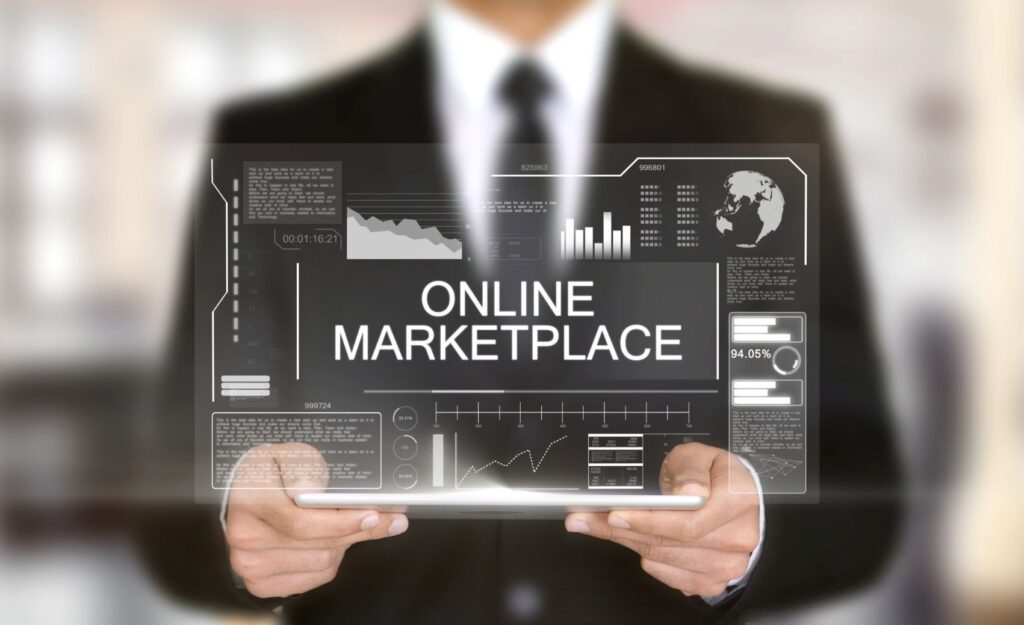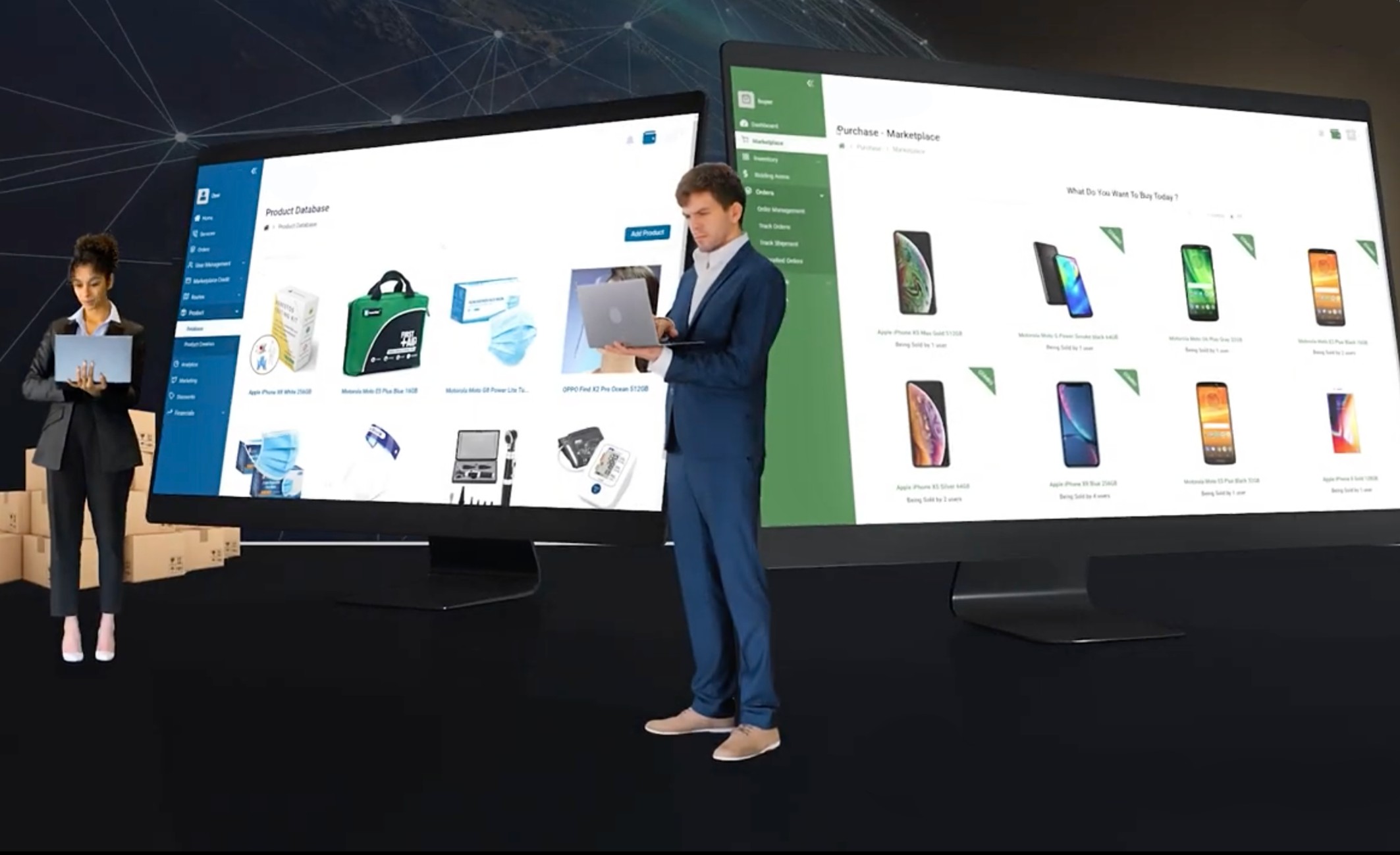B2B Marketplace Tips: An Overview
At its core, a B2B marketplace is an online platform that bridges the gap between businesses. Picture a vibrant virtual shopping mall where various vendors sell their products or services to a wide range of buyers. The exponential growth of B2B commerce, fueled by technological advancements and changing business needs, has triggered an urgent call to scale B2B marketplaces to accommodate this expansion and seize the ample growth opportunities it offerTip 1: Grasp the B2B Buyer’s Mindset
The first step in our journey of B2B marketplace tips is understanding your buyer. Unlike B2C consumers, B2B buyers exhibit unique traits, primarily focusing on margins and quality to gain a competitive advantage. By better understanding your buyers, you can improve your marketplace strategies and offerings. This will help you effectively meet their needs and drive sales. For example, if your buyers are sensitive to pricing, offering bundle deals or volume-based discounts could increase sales and grow your B2B sales.Tip 2: Master the Art of Pricing
The second cornerstone in your growth journey involves mastering the art of pricing. It is central to your customer’s purchase decision and directly influences your revenue and marketplace’s scalability. Effective pricing strategies include:- Volume discounts
- Seasonal pricing
- Flexible pricing based on market trends

When executed transparently, such strategies can foster trust and cultivate strong customer relationships, contributing to your marketplace’s long-term sustainability.
Tip 3: Harness Technology for Efficiency
In the high-stakes world of B2B trading, it’s time to harness the power of technology for your marketplace. Start automating routine tasks like order processing and customer relationship management. This frees up your team’s time to focus on strategic decisions, enhances the efficiency of your supply chain, and optimizes resource usage.
Next, use Artificial Intelligence (AI) to your advantage. By harnessing the power of AI, you can gain valuable insights into future trading patterns, enhance customer service with chatbots, identify potential opportunities for expansion, customize offerings to meet your buyers’ needs, and predict market volatility for effective risk management.
Beyond automation and AI, consider these technological tools:
- CRM Systems: Manage customer relationships and streamline sales processes
- ERP Systems: Manage business operations more efficiently, including inventory management, order processing, and financial management
- Data Analytics: Gain valuable insights into customer behavior and market trends, helping you make more informed business decisions
- Cloud Computing: Provide scalable resources to accommodate growth and improve collaboration
Tip 4: Cultivate Strong Customer Relationships
In the competitive B2B marketplaces, “customers are king” is a mantra to stand by. Nurturing strong customer relationships fosters trust, promotes customer loyalty, and boosts the marketplace’s reputation. Effective relationship-building strategies focus on personalized service, regular communication, and robust after-sales service.
Here are some concrete examples of personalized service and robust after-sales service:
- Personalized Service: Provide tailored product recommendations based on a customer’s past purchases or preferences — personalize communications, such as addressing customers by name in emails or providing content relevant to their industry.
- Robust After-Sales Service: Offer comprehensive support after purchase. This could include technical support, regular updates, or maintenance services. Follow up with customers to ensure satisfaction. Consider providing a dedicated account manager for personalized assistance.

Tip 5: Implement Proven B2B Growth Strategies
Proven B2B growth strategies can significantly enhance your marketplace’s scalability. Key strategies that could drive your growth trajectory upwards include:- Market expansion: This involves targeting new geographical areas or industry sectors.
- Product diversification: Introducing new or complementary products or services could attract a wider audience.
- Forming strategic partnerships: Partnering with other businesses can leverage each other’s strengths for mutual growth and marketplace enhancement.

- Content Marketing: Create high-quality, relevant content to attract and engage your target audience, positioning your business as a thought leader.
- SEO Optimization: Increase your visibility and attract more organic traffic.
- Social Media Marketing: Use platforms like LinkedIn to connect with other businesses and industry professionals.
- Email Marketing: Nurture leads and keep your business top of mind for potential customers.
- Webinars and Online Events: Showcase your expertise and engage with potential customers more personally.
Tip 6: Prioritize Sustainability in Your B2B Marketplace
A now widely discussed aspect of scaling your B2B marketplace is sustainability. Pursuing rapid growth should not compromise the long-term viability of your platform. To attain sustainable growth, focus on resource efficiency. This involves making the most of your existing assets, whether capital, technology, or human resources. Efficient resource management not only reduces wastage but also enhances productivity and profitability.
When creating a B2B marketplace that can thrive in the long run, it is crucial to have a solid plan, anticipate potential obstacles and advantages, and establish systems and processes that can easily adapt to growth.
B2B Marketplace Tips: Key Takeaways
Scaling a B2B marketplace involves mastering your buyer’s mindset, leveraging technology, and implementing effective pricing, growth, and sales strategies. Focus on sustainability and robust customer relationships to future-proof your business for consistent growth and profitability. These insights give you the tools to scale successfully.
Launch your B2B marketplace today and start scaling your business and success. Learn more.











